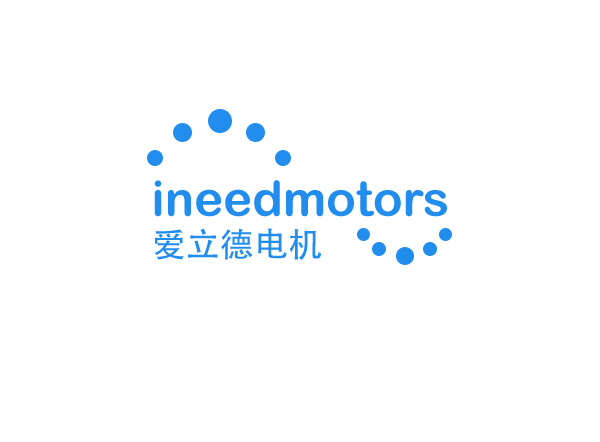Understanding the Different Types of Vibration: Free, Forced, and Damped Oscillations Explained

Vibration refers to the movement of an object back and forth repeatedly around a central balance point due to a force pulling it back. You encounter different types of vibration daily, such as free, forced, and damped oscillations. Each type helps us learn how things move under various conditions. For instance, studying different types of vibration aids in understanding the frequency of movement. This knowledge enhances designs in engineering and technology. Vibrations influence the functionality and safety of structures like bridges, vehicles, and smartphones.
Key Takeaways
Free oscillation happens on its own without help. It shows how things go back to normal after being moved.
Forced oscillation needs an outside push to keep going. This is seen in things like cars and washing machines.
Damped oscillation slows down over time because of friction. It helps make cars and buildings safer and more comfortable.
Knowing these vibrations helps engineers create better designs. It makes things safer and work better.
Vibration motors in gadgets give feedback to users. They make using technology more fun and useful.
Free Oscillation: Natural Vibrations Without Outside Forces
What Is Free Oscillation?
Free oscillation happens when something moves back and forth on its own. This happens after it is disturbed from its resting spot. No outside forces push or pull it during this motion. For example, if you pull a swing back and let go, it moves by itself. This motion happens because the system wants to return to balance. The movement continues at its natural speed, which depends on its design.
Free oscillation is also called natural vibration.
It happens without outside forces or energy loss.
The system moves around its balance point.
This type of motion is a great example of simple harmonic motion. Here, the force pulling it back matches how far it moves.
Characteristics of Free Oscillation
Free oscillation has special traits that make it easy to spot. First, it vibrates at its natural speed, which stays the same unless the system changes. Second, the size of the motion stays steady if no energy is lost. Third, the motion repeats in a regular way.
Characteristic | Description |
|---|---|
Natural Frequency | The system moves at its own natural speed. |
Periodic Motion | The motion repeats in a steady pattern. |
Energy Conservation | No outside forces mean no energy is gained or lost. |
Stability Over Time | The motion stays steady over many cycles. |
These traits make free oscillation important for learning about vibrations and simple harmonic motion.
Real-Life Examples of Free Oscillation
You can see free oscillation in many everyday things. A common example is a spring with a weight. Pull the weight and let go, and it moves naturally. Another example is a tuning fork. When hit, it vibrates at its natural speed, making a clear sound. A clock’s pendulum also swings back and forth due to free oscillation.
Other cool examples include:
Metal beams twisting and vibrating naturally.
Crystals showing wave-like motion under certain conditions.
Singing near a piano, making its strings vibrate naturally.
These examples show how free oscillation works in simple and complex systems.
Forced Oscillation: Vibrations Caused by Outside Forces
What Is Forced Oscillation?
Forced oscillation happens when an outside force makes something vibrate. Unlike free oscillation, this motion needs help to keep going. For example, pushing a swing again and again keeps it moving. Your pushes are the outside force that drives the swing. How the system moves depends on the strength and timing of the force.
This kind of vibration is common when energy must be added to keep motion going. It helps us understand how outside forces make things vibrate.
Characteristics of Forced Oscillation
Forced oscillation has special features that make it different. The system's movement depends on the force's speed and size. If the force matches the system's natural speed, resonance happens. This makes the motion much bigger. Sometimes this is helpful, but it can also cause problems.
Characteristic | Description |
|---|---|
Frequency | Controls how often the motion happens. |
Amplitude | Shows how big the motion is. |
Phase | Affects the timing of the motion. |
DC Offset | Keeps values from going below zero. |
These traits explain why forced oscillation is important in science and engineering.
Real-Life Examples of Forced Oscillation
You see forced oscillation in many everyday things. One example is a car’s suspension. When the car hits a bump, the suspension vibrates because of the road’s force. Another example is a washing machine spinning. The motor adds force to keep the drum moving, causing vibrations.
In engineering, forced oscillation helps study how fluids and objects interact. For example, when water flows around a pipe, it pushes the pipe and makes it vibrate. Scientists use computer models to study this and improve designs for planes and buildings.
These examples show how forced oscillation affects daily life and technology. By learning about it, you can see how outside forces shape the world.
Damped Oscillation: Energy Loss in Vibrations
What Is Damped Oscillation?
Damped oscillation happens when a system loses energy while moving. This energy loss is caused by forces like friction or air resistance. These forces slow the motion down over time. Think of a swing that stops moving after being pushed. The swing slows because air and its chains take away energy. This is how damped oscillation works.
Scientists study damped oscillation with experiments like the damped pendulum. This shows how friction and outside forces change vibrations. Damping is grouped into three types: underdamped, overdamped, and critically damped. Each type shows how fast the motion fades away.
Characteristics of Damped Oscillation
Damped oscillation has special features that make it different. The most obvious is the motion getting smaller, called amplitude. This happens because energy is lost with every movement. Strong damping stops motion quickly, while weak damping takes longer.
Another feature is the change in speed. When damping increases, the system vibrates slower. This is because the natural frequency drops as energy is lost. Simulations show that damping forces cause most energy loss, not parts like springs or magnets.
Characteristic | Description |
|---|---|
Energy Loss | Motion slows due to friction or resistance. |
Amplitude Reduction | The motion gets smaller over time. |
Frequency Change | Vibrations slow as damping increases. |
Stability | The system eventually stops and stays still. |
Real-Life Examples of Damped Oscillation
You see damped oscillation in many everyday things. For example:
Car Suspensions: When a car hits a bump, the suspension absorbs the shock and smooths the ride.
Power Systems: Batteries help control damping in power grids, improving stability.
Building Design: Skyscrapers use special dampers to reduce shaking from wind or earthquakes.
Musical Instruments: A guitar string stops vibrating after being plucked because of friction and air.
These examples show how damped oscillation improves safety, comfort, and design in daily life.
Comparison of the Different Types of Vibration
Key Differences Between Free, Forced, and Damped Oscillations
Learning about free, forced, and damped oscillations shows how vibrations work. Each type behaves differently based on outside forces and energy changes.
Energy Source:
Free oscillation happens naturally after a disturbance. The system moves at its own speed without outside help. Forced oscillation needs constant energy from an external force to keep moving. Damped oscillation loses energy over time due to friction or resistance, causing the motion to slow down.Amplitude Behavior:
Free oscillation keeps the same amplitude if no energy is lost. Forced oscillation’s amplitude changes based on the strength of the external force. Resonance in forced oscillation can make the amplitude grow a lot. Damped oscillation’s amplitude gets smaller as energy fades away.Frequency Dependence:
Free oscillation always moves at its natural frequency. Forced oscillation depends on the frequency of the external force. If this matches the natural frequency, resonance makes the motion stronger. Damped oscillation’s frequency slows down as energy is lost.Role of the Restoring Force:
The restoring force is important in all three types. In free oscillation, it keeps the motion going by itself. In forced oscillation, it works with the external force to affect the motion. In damped oscillation, the restoring force fights against damping forces that slow the motion.
Feature | Free Oscillation | Forced Oscillation | Damped Oscillation |
|---|---|---|---|
Energy Source | Internal (restoring force) | External force | Internal, with energy loss |
Amplitude Behavior | Constant | Varies, can grow with resonance | Decreases over time |
Frequency | Natural frequency | Depends on external force | Gradually decreases |
Restoring Force Role | Sole driver | Works with external force | Opposed by damping forces |
These differences explain why each type of vibration acts differently in systems.
Similarities in Their Behavior
Even though they differ, free, forced, and damped oscillations share some traits. Knowing these similarities helps you understand how vibrations work.
Dependence on a Restoring Force:
All three types need a restoring force to start or keep moving. This force always tries to bring the object back to its balance point.Periodic Nature:
Each type involves repeating motion. Even damped oscillation repeats until the motion stops completely.Influence of Natural Frequency:
Natural frequency affects all three types. In free oscillation, it sets the motion’s speed. In forced oscillation, it interacts with the external force to create resonance. In damped oscillation, it impacts how fast the motion slows.Applications in Real Life:
These oscillations appear in everyday life. A pendulum clock shows free oscillation. A car’s suspension demonstrates forced oscillation when absorbing bumps. Tall buildings use damped oscillation to reduce swaying during strong winds.
Tip: Knowing these shared traits helps you see how vibrations follow the same rules.
By studying these similarities, you can understand how vibrations work in simple and complex systems.
Practical Uses of Vibrations in INEED Products
Coin Vibration Motor and Free Oscillation Uses
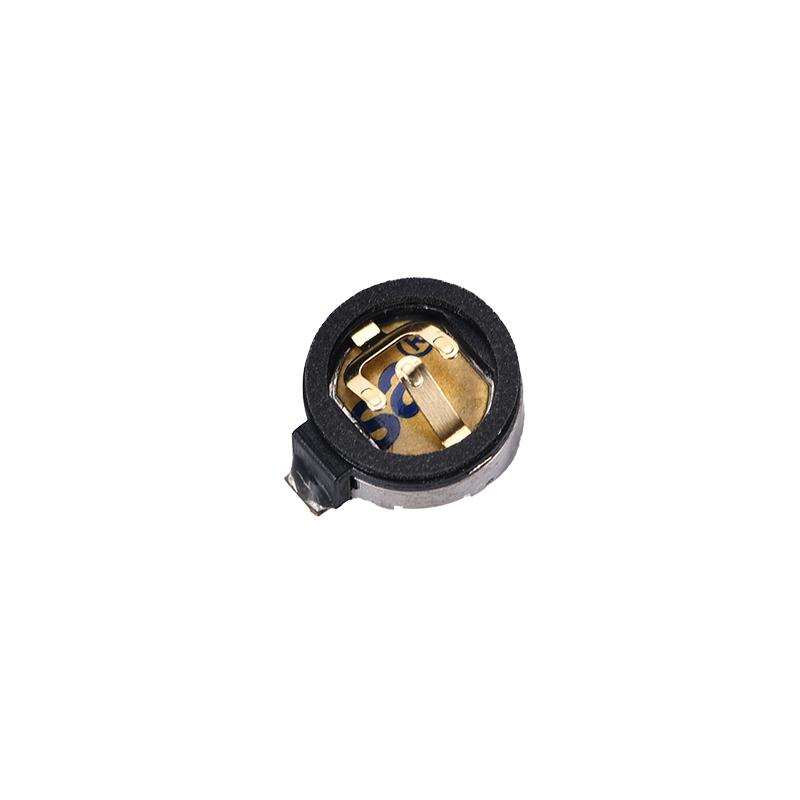
Coin vibration motors are small parts that make devices vibrate. They work without needing extra forces to keep moving. You can find them in smartwatches, phones, and fitness trackers. When your smartwatch buzzes for a notification, it’s because of free oscillation from a coin vibration motor.
These motors vibrate at their natural speed, giving steady performance. For example, in a fitness tracker, they help you stay focused during workouts. You don’t need to check the screen often because the motor gives clear feedback. These motors can spin very fast, up to 10,000 RPM, making vibrations quick and effective.
Using coin vibration motors gives precise feedback. This makes devices easier to use and more helpful. Whether it’s a phone alert or a vibration in a medical tool, these motors show how free oscillation improves modern gadgets.
Linear Vibration Motors in Forced Oscillation Devices
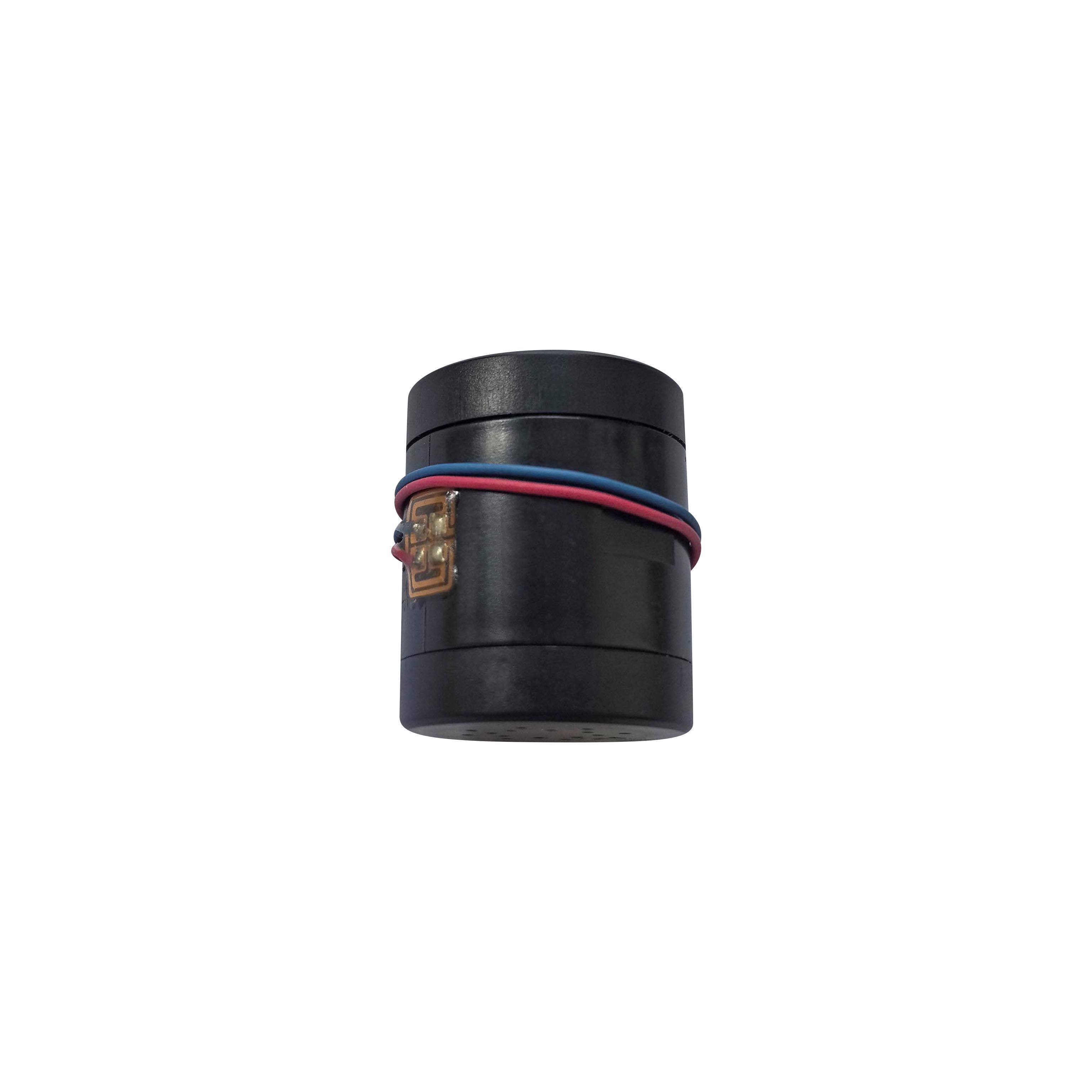
Linear vibration motors are great for devices needing controlled vibrations. They use outside forces to create motion, making them perfect for gaming controllers, phones, and wearables. For example, when you press a button on a controller, the vibration comes from forced oscillation powered by a linear motor.
These motors can change how fast or strong they vibrate. This lets them match the needs of different devices. In gaming, they create vibrations that match the action on the screen, making games feel more real. They also respond quickly and work smoothly, so the feedback feels natural.
Linear motors save energy, which is important for battery-powered gadgets. They give steady vibrations while using little power. Adding these motors to devices makes them work better and more fun to use.
Damped Oscillation in Encapsulated Vibration Motors
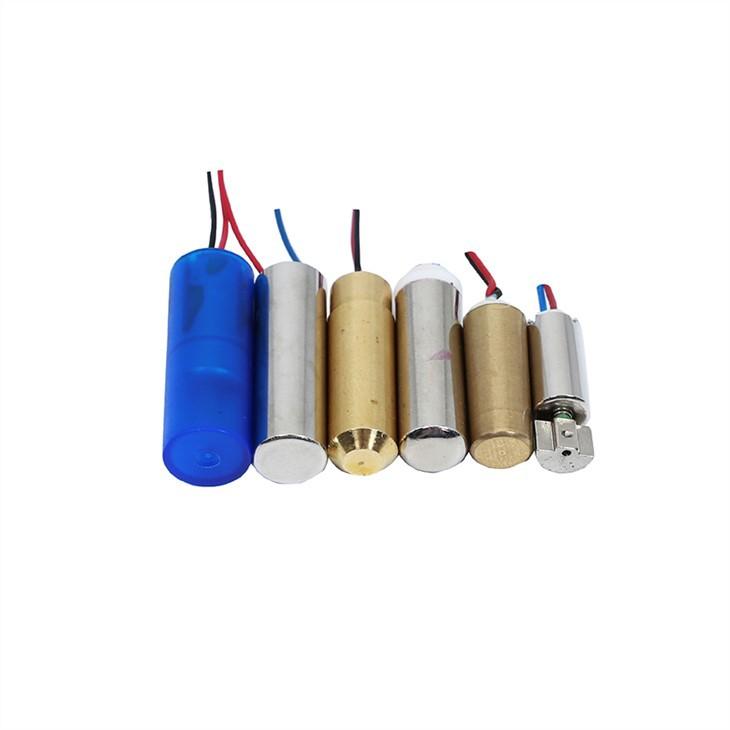
Encapsulated vibration motors are made for places where smooth vibrations are needed. They lose energy during motion because of friction and resistance. This keeps the vibrations gentle and prevents damage or discomfort. You’ll find these motors in medical tools, electronics, and factory equipment.
For example, in medical devices, these motors give soft vibrations to keep patients comfortable. They are built tough, with waterproof and dustproof features for harsh conditions. Rubber dampers in these motors cut vibrations by over 50% at lower speeds, making them reliable in many situations.
These motors can be adjusted for different vibration levels and speeds. This makes them useful for jobs needing strong and accurate performance. Using encapsulated motors improves safety, comfort, and efficiency in devices.
Coreless Vibration Motors and Micro DC Motors in Everyday Devices
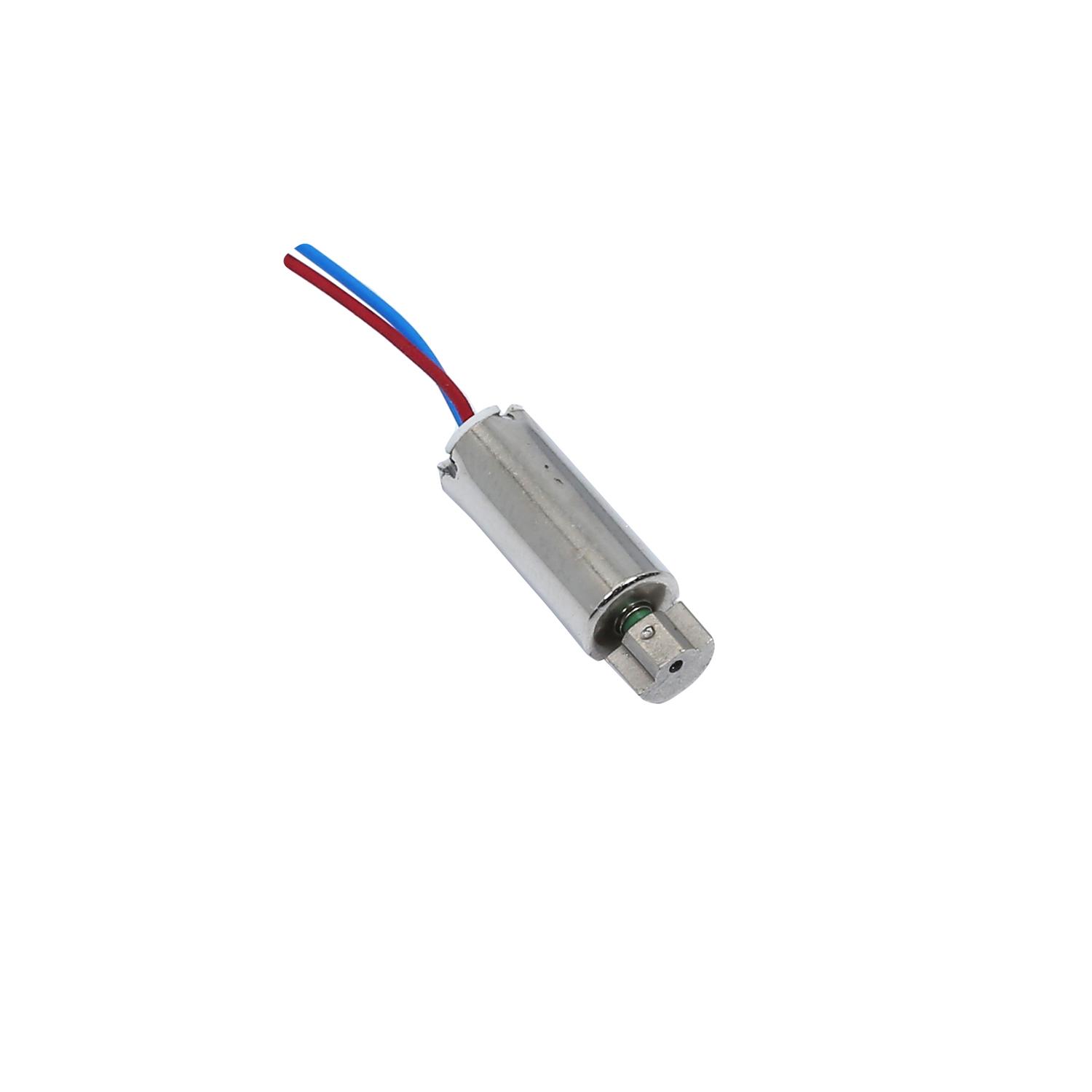
Coreless vibration motors and micro DC motors are key parts of many gadgets. These motors are small but work very well, making them perfect for modern devices. Their lightweight and tiny size let them fit into small spaces while staying reliable and efficient.
Coreless vibration motors are found in phones, gaming controllers, and wearables. They give vibrations that make using devices more fun and interactive. For example, when your phone buzzes with a notification, it’s because of a coreless motor. These motors react quickly, so you never miss an alert. In gaming controllers, they make games feel real by mimicking actions like crashes or explosions.
Micro DC motors power many everyday items. They are used in electric toothbrushes, camera focus systems, and car window controls. These motors are flexible and provide accurate motion. For instance, in a phone camera, a micro DC motor moves the lens to focus, giving you clear pictures.
Here are some cool facts about these motors:
68% of new surgical robots use brushless coreless motors. These motors make surgeries smoother and more accurate.
Robotics grew by 41% in 2022, showing how important these motors are for precise tasks.
28% of global electronics shipments rely on these motors, especially for phone camera focus.
Electric car window motors using these save 30% more energy than older systems.
These facts show how coreless vibration motors and micro DC motors improve devices. They make products work better and use less energy.
Tip: Next time your device vibrates or moves smoothly, think about the tiny motor making it happen.
LRA Electrical Motor LRA2024A-1088F for Precision Applications
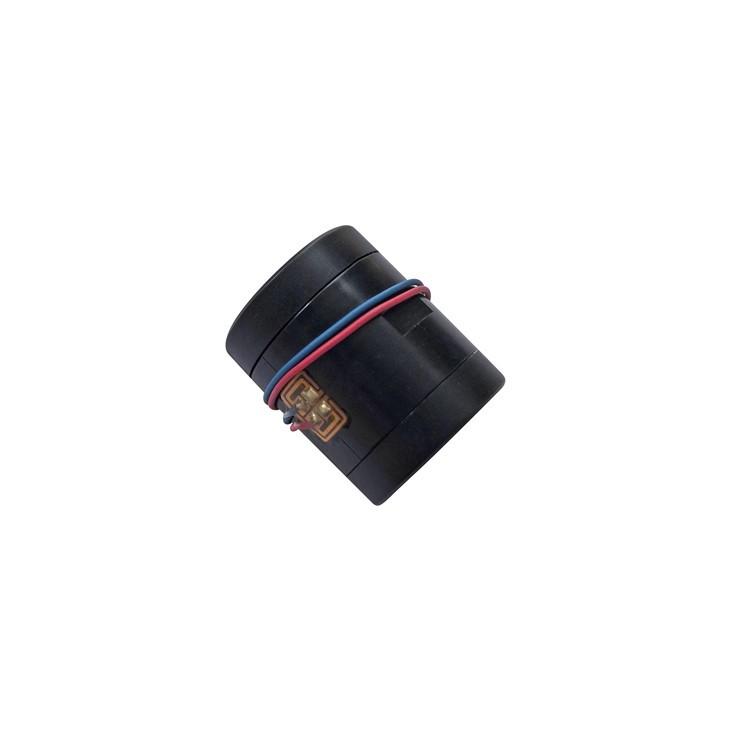
The LRA Electrical Motor LRA2024A-1088F is great for tasks needing accuracy. It gives strong vibrations with little noise, making it perfect for gaming controllers, VR systems, and other advanced gadgets. It works well across many frequencies, even in tough conditions.
Why does precision matter? In gaming and VR, accurate vibrations match on-screen actions, making the experience better. This motor handles a wide range of frequencies, from 30Hz to 500Hz. Its strong vibrations, up to 2.5 Grms, make everything feel more real.
This motor is also very efficient. It uses less power but still gives strong vibrations, saving money for manufacturers. It lasts up to 1 million cycles, even with heavy use. This makes it a top choice for devices needing long-lasting performance.
Here are some facts about its precision and efficiency:
Electric motors are vital in factories, using lots of energy. Efficient motors like the LRA2024A-1088F lower costs.
Tools like the Fluke 438-II Analyzer check motor performance without stopping systems, saving time and money.
Using the LRA Electrical Motor LRA2024A-1088F helps make devices more accurate, energy-saving, and fun to use. Whether gaming or exploring VR, this motor ensures every vibration feels perfect.
Note: Precision motors like the LRA2024A-1088F make digital and physical interactions feel more real and exciting.
Learning about free, forced, and damped oscillations shows how vibrations affect the world. Free oscillations happen naturally, forced ones need outside forces, and damped oscillations lose energy as they move. These types are important in science, engineering, and everyday life. They help make buildings safer and improve how devices work.
Study | Results | Effect on Damping Ratio |
|---|---|---|
Vanfretti et al. (2013) | Forced oscillations change mode estimation | Damping estimates may be less accurate |
Vanfretti et al. (2012) | Forced oscillation location matters | |
Myers et al. (2013) | Mode-shape estimation is affected | Small effect when frequency is close to system mode |
INEED’s Coin Vibration Motors and Linear Vibration Motors use these ideas. They create accurate and efficient vibrations for wearables, gaming tools, and medical devices. Vibrations aren’t just science—they solve problems and improve lives.
FAQ
Why is vibration important in engineering?
Knowing about vibration helps make safer and better designs. It ensures bridges and buildings stay strong under pressure. It also improves gadgets like phones by making them last longer and work better.
Why do free, forced, and damped oscillations act differently?
Each type depends on energy and outside forces. Free oscillations use their own energy to move. Forced oscillations need outside pushes to keep going. Damped oscillations lose energy, so they slow down and stop.
Why do devices have vibration motors?
Vibration motors give touch feedback. They make using phones, wearables, and game controllers easier. For example, a phone buzzes to alert you quietly, which is helpful.
Why are damped oscillations helpful in daily life?
Damped oscillations cut unwanted shaking. They make cars ride smoother, steady tall buildings, and improve medical tools. This makes things safer, more comfortable, and better to use.
Why does resonance happen in forced oscillations?
Resonance occurs when outside pushes match the system's natural speed. This makes the motion bigger, which can be good or bad. For example, it improves sound in instruments but can harm buildings if not controlled.
See Also
Exploring Vibration Motors: Varieties, Uses, And Functionality
A Fast Track To Grasping Vibration Concepts Completely
An In-Depth Overview Of Vibration Motors And Their Uses
Get Custom Micro DC Motors from
INEED Motors!
Leading Brand in Vibration Motor Manufacturing Industry
